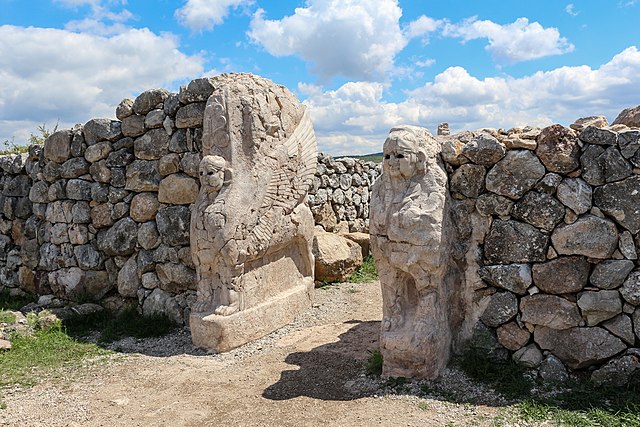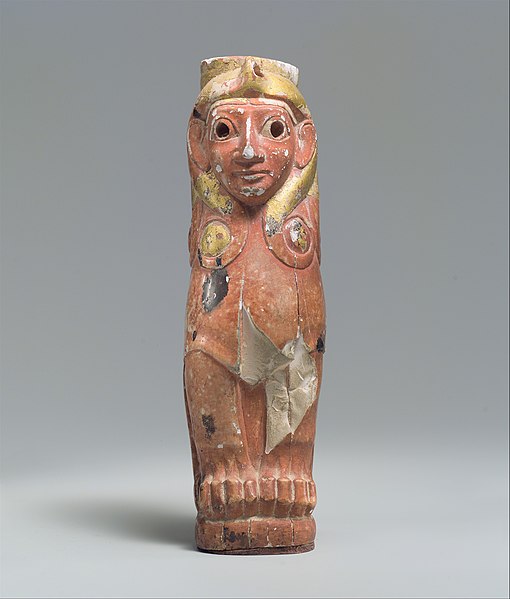Hattusa, also Hattuşa, Ḫattuša, Hattusas, or Hattusha, was the capital of the Hittite Empire in the late Bronze Age during two distinct periods. Its ruins lie near modern Boğazkale, Turkey, within the great loop of the Kızılırmak River.
The Lion Gate in the south-west
Hattusa Rampart.
Sphinx Gate entrance of the city.
Hattusa city walls reconstructed, Hattusa, Turkey.
The Hittites were an Anatolian Indo-European people who formed one of the first major civilizations of Bronze Age West Asia. Possibly originating from beyond the Black Sea, they settled in modern day Turkey in the early 2nd millennium BC. The Hittites formed a series of polities in north-central Anatolia, including the kingdom of Kussara, the Kanesh or Nesha kingdom, and an empire centered on Hattusa. Known in modern times as the Hittite Empire, it reached its height during the mid-14th century BC under Šuppiluliuma I, when it encompassed most of Anatolia and parts of the northern Levant and Upper Mesopotamia.
The Great Temple in the inner city of Hattusa
An Alaca Höyük bronze standard from a third millennium BC pre-Hittite tomb (Museum of Anatolian Civilizations, Ankara)
Ivory Hittite Sphinx, 18th century BC
Hattusa ramp







